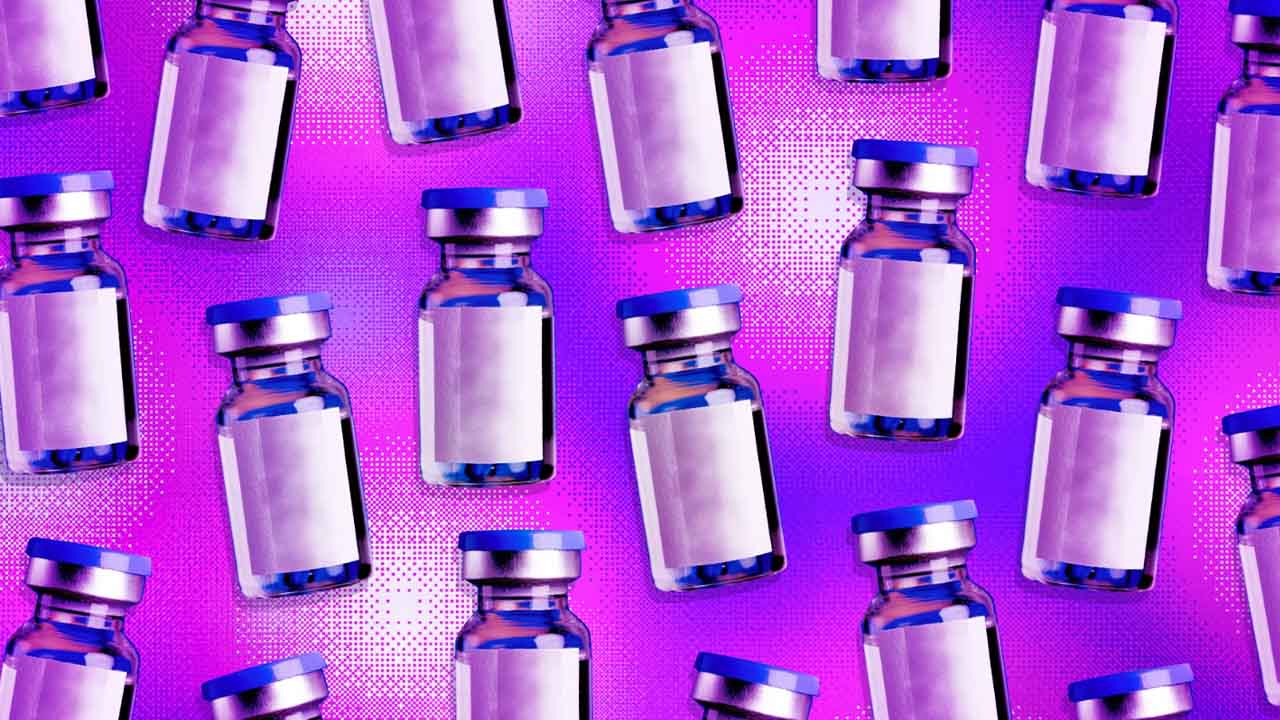The FDA has now authorized COVID-19 vaccines for children under the age of five, the last age group in the United States to receive clearance for the shots. Both the Pfizer / BioNTech and Moderna vaccines have been authorized for this group.
It has been a lengthy and frustrating wait for young children to get these vaccines, with numerous delays and setbacks along the way. However, the Biden administration has plans to start vaccinating this age group (between six months and five years old) the week of June 20th.
The FDA has authorized the Moderna vaccine for adolescents and teenagers six through 17 years old. It had previously only been available to people over 18.
Pfizer / BioNTech’s under-five vaccination series includes three shots at one-tenth the dose of the adult shots. The companies had originally tested a two-shot series at that dose, but it didn’t produce a strong enough immune response. Moderna uses two shots at one-fourth the adult dosage for kids under five.
Children who contract COVID-19 generally aren’t at as high a risk of getting seriously ill. Given the still-present risks of COVID-19, it is understandable that some parents of young children may be hesitant to vaccinate them right away. However, it is important to remember that the illness can be dangerous for children and that any protection against catching COVID-19 is an additional layer of protection for those who care for young children. According to a Kaiser Family Foundation poll, only one in five parents of kids under five say they’re planning to vaccinate their kids right away, with most saying they want to “wait and see.”
Despite the persistence of the virus throughout the country, the opening of vaccinations to the final segment of the American population may seem anticlimactic. It has been over a year since people celebrated the initial hope of the first FDA sign-off on shots for adults. In the months since, the delta and omicron variants have evaded some of the vaccines’ protection against infection. The shots are not the all-powerful shields they once seemed to be, though they still protect against the most serious effects of the virus. However, it is still a key milestone in the life of the pandemic: almost everyone now has access to one






